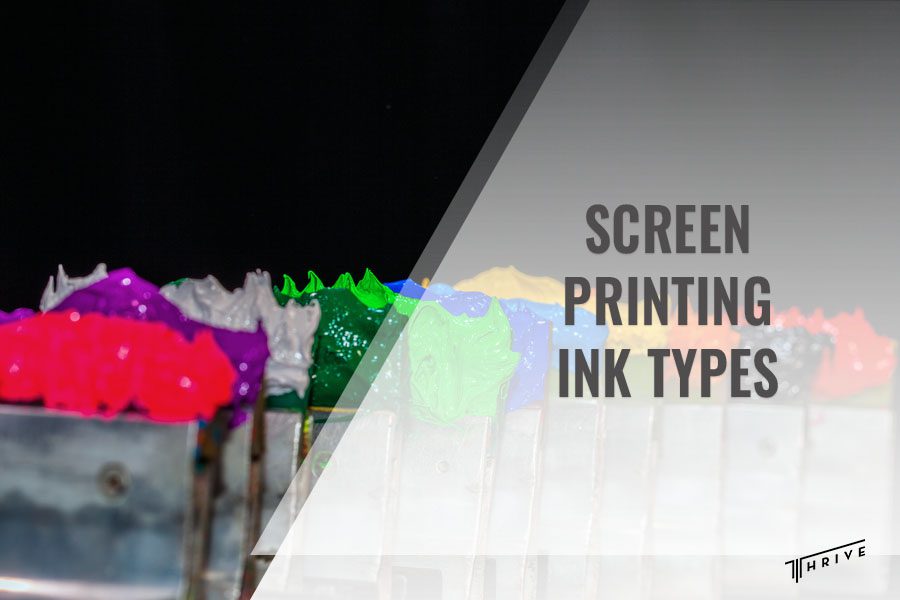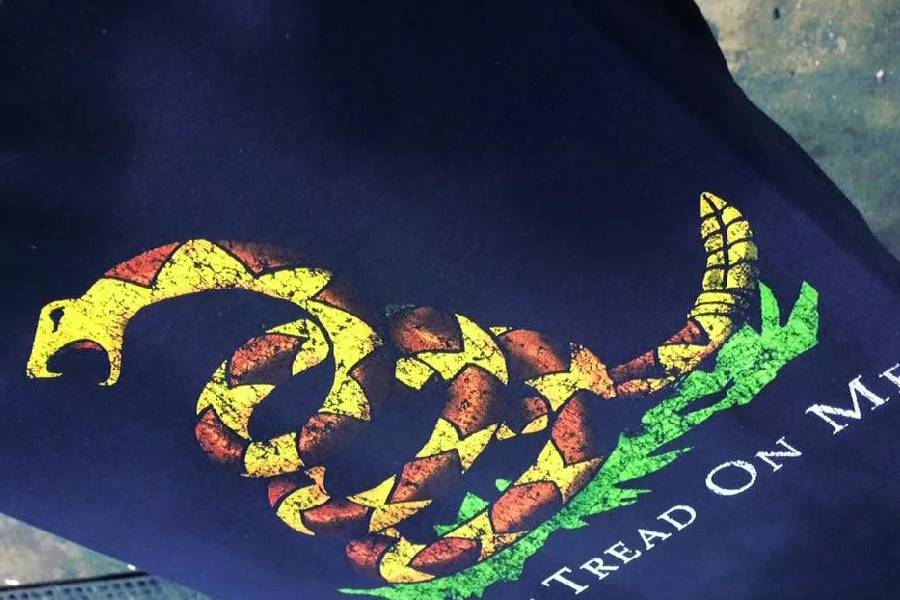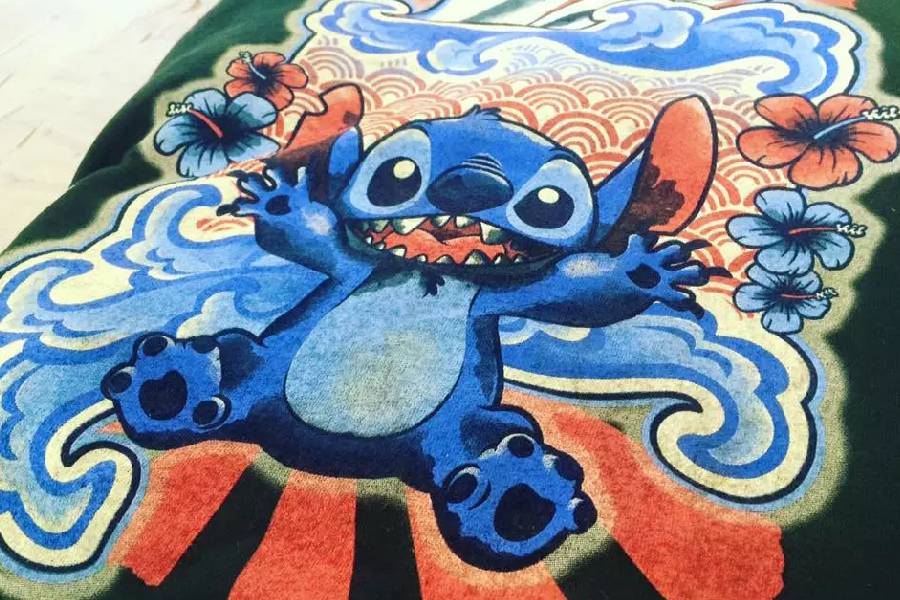
Screen printing is one of the best techniques used on fabrics. It offers many benefits, one of which is durability. One of the fundamental factors determining the final look and feel is the screen printing ink types that we will use during the process.
While at Thrive Screen Printing, you can rest assured that we use the highest quality inks. That said, you must know the differences between the types so you can use the best for your business projects.
Let us walk you through the plethora of ink options available and their properties and recommended applications.
Screen Printing Ink Types
Screen printing is one of the most commonly used techniques for different types of fabrics. Durability and a great finish with vibrant colors are just two of the many reasons why you should choose screen printing.
But, before you contact the best contract screen printers, it is important to understand the differences between the screen printing ink types. By choosing the right type of ink, your business can achieve the desired appearance and finish of the T-shirts or any other apparel you have in mind.
So, what ink is used in screen printing?
We can use several screen printing inks to make your T-shirt designs. The most popular ink types are plastisol, water-based, discharge, and metallic.

Plastisol screen printing ink
Plastisol ink is one of the most commonly used screen printing ink for fabric. The ink is composed of polyvinyl chloride, which is known as plastic.
One of the main characteristics of plastisol screen printing ink is that the material does not soak in it. Hence, the results of our screen printing with plastisol ink are continuous films that will sit well on the fabric.
For us, some of the advantages of using plastisol screen printing ink are that it can be stored at room temperature and may have a shelf life of over 15 years. The ink typically cures when exposed to temperatures of 320º F, meaning the ink can’t dry and clog our printers.
| Pros | Cons |
| It doesn’t evaporate | It might crack, peel, or flake off after a long time |
| Adaptable and durable | |
| Accurate color representation | |
| Affordable ink type |
Water-based screen printing ink
Unlike other traditional solvent-based inks, water-based screen printing inks use water as a base. The water is the main solvent that carries the pigment, while the binder can be acrylic, polyurethane, or a mixture of both.
The most popular water-based inks we use are lacquer, matte, and emulsion. The lacquer can be used no matter the shirt color, from dark to light-colored garments.
When we use water-based screen printing ink, we lay down a thin and flexible layer of it on the garment. One of the challenges we face when working with this ink type is evaporation, making it hard to work with.
Additionally, if you are looking for an environmentally friendly ink, water-based is the right choice. These ink types are typically made with fewer toxins. They also reduce air pollution because the water-based screen printing method doesn’t release harmful volatile organic compounds.
| Pros | Cons |
| Environmentally friendly ink, without PVC | Possible color shift during curing |
| Long-lasting ink | Dries quickly and might be difficult to work with |
| Can produce detailed prints | |
| Soft to the touch and breathable |
Discharge screen printing ink
Discharge ink is one of the popular screen printing solutions because of its soft touch and vibrating results. What makes it different from the other ink types are the discharge agents that remove the existing dye from the fabric. After we print the discharge ink on the dyed T-shirt and cure it with heat, it will start reacting with the fabric dye.
We often recommend discharge screen printing ink for dark garments and activewear. Plus, the discharge ink is an outstanding option if you want T-shirts with soft and durable print designs without PVC.
| Pros | Cons |
| Excellent for a vintage look | Might produce inconsistent prints |
| Suitable for dark-colored garments | Can only be used on pure cotton fabrics |
| Can be used on folds, pockets, and seams | |
| PVC and phthalate-free ink |
Metallic screen printing ink
Metallic has one of the most suitable ink properties for achieving shiny and luxurious results. They are a type of plastisol inks, and the process of applying them to the fabric is generally the same.
At Thrive Screen Printing, you can get both silver and gold metallic finishes. Because of the metallic ink properties, using it only for smaller print designs is recommended.
| Pros | Cons |
| Best visually appealing results | The ink is thick and might be hard to achieve details |
| Long-lasting screen printing ink | Costly |
| Versatile application | |
| Can be used as screen printing ink for paper |
What Is Screen Printing Ink Made Of?
The exact ingredients used in screen printing ink depend on the type and manufacturer. However, all screen printing ink types are made out of:
- Pigment
- Carrier or base
- Binder
- Additives
Depending on the screen printing ink type, the base is typically water, oil, or solvent-based. The color pigments are added to the ink to achieve the desired color.
Furthermore, screen printing ink can contain different types of additives like thickeners, retarders, saturates, and cross-linkers to improve the performance and durability of the ink.
Lastly, the binder in the screen printing ink is an important ingredient that enhances the binding of all the components.
How to Select the Best Ink Type for Screen Printing
For you as a customer, the feel, durability, and cost of the screen printing ink should be a priority. To make the right decision, we will compare the ink types so you can easily select the best one for your project.
Desired hand feel
First, you should think about the hand feel of the T-shirt. Plastisol is typically the heaviest screen printing type that has a harsh hand feeling.
On the other hand, since the fabric absorbs water-based inks, it feels soft to the touch. In addition, T-shirts printed with water-based inks are more breathable compared to other types.
Fabric you want to print on
When it comes to printing on dark garments, plastisol, and discharge types have the best ink properties that allow us to make high-quality prints. But water-based is one of the most durable screen printing inks because it can’t crack or peel off over time.
Brightness
Another important consideration is brightness. Each ink type can produce a specific range of colors and brightness. For instance, plastisol ink produces bright prints because it sits on top of the material, while with water-based inks, we can produce a wider range of colors.
Price
As for the prices, you can request a quote online. Screen printing with Thrive Screen Printing will be a pleasant experience for your business. We have been in the industry for more than 30 years, and our experienced team will be here for you every step of the way.

Conclusion
When it comes to screen printing ink types, there are quite a few options to choose from, and each type has its own unique characteristics. Some common types we mentioned above are plastisol, water-based, discharge, and metallic inks.
The choice of screen printing ink type depends on factors like the hand feel the desired effect like brightness, fabric type, and specific requirements of the project, which may add up to the total cost. It’s best to discuss your idea with us to determine the best ink type for your needs!

Robert Fisher is the founder and CEO of Thrive Screen Printing and brings extensive experience in the screen printing and fulfillment industry.

